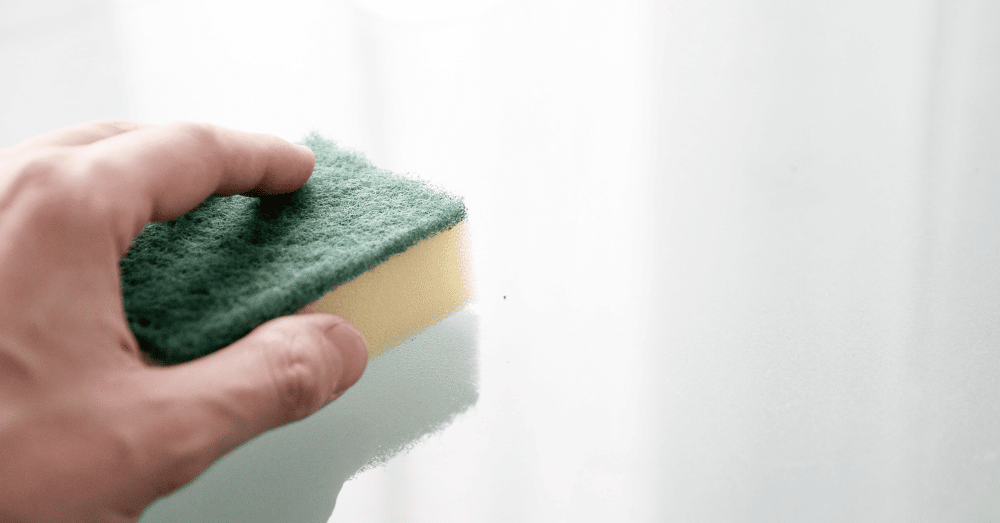Abrasive pad
Our fibre abrasive pads are flexible and ideal for cleaning, finishing and surface preparation. They can be used wet, semi-wet or dry by hand or with an orbital sander. We have the best price in the market, as well as different presentations in our pads.
Almost all of us have used a fibre abrasive pad, as it has a very popular commercial green 6×9 inch pad that is often used for household cleaning tasks such as washing dishes or kitchen surfaces. This same fibre abrasive pad is also very useful in the industrial sector. In industry, the sanding pad is available in different sizes. We have pads in different grades of abrasion, such as coarse, medium and fine.
The abrasive pad is also known as nylon fibre, as it is made of a woven nylon fibre with small knots containing mineral with resin. The latter causes the fibre to have an abrasion with which it can scratch, abrade, sand or clean.
A fibre abrasive pad can be adapted to any surface and work on all parts of it identically, so it does not distort the thickness of the parts it works on. The pressure we use on it is evenly distributed. In other words, although a fibre polishing pad can be used manually, the fact that we press it more on one part than on another with our fingers and palm will not affect the result of our sanding, because the force we apply to it will be equally distributed on it. This is ideal for sanding surfaces evenly. For example, if we manually sanded the corner of a table with waterproof sandpaper, the corner would be deformed, as the parts pressed harder by our fingers would be sanded more; it would not maintain a symmetrical size. On the other hand, by sanding the corner of a table with a fibre pad, the corner will gradually decrease in size in a uniform way, maintaining its symmetry. The fibre pad gives us a great advantage in that it does not deform the surface we are working on.
Sanding pads can be used either dry, wet or semi-wet. By using water or some lubricant to sand with a fibre abrasive pad, a finer finish will be achieved. When sanding a wet surface, the mineral in the pad will not bury itself as much; friction will be reduced. When dry sanding, the sanding will be deeper and faster. It is not recommended to use water on wood, as it will swell and affect the wood. On pipes or metals, wet sanding can give good results, as water is ideal to help achieve a finer finish. It is not recommended to use solvent pads, as these will damage your sandpaper.

Polishing pad
As mentioned above, the main functions of a fibre polishing pad are cleaning, finishing and surface preparation.
Cleaning
By cleaning we mean removing a coating from a surface (e.g. rust, paint or primer). With a fibre polishing pad we can clean surfaces such as metal, plastic, wood or any substrate that is coated.
Finishes
By saying that a pad allows us to achieve satin or scratched finishes.
Surface preparation
When preparing a surface with a pad, a scratching or fine sanding is done on a surface. This is done prior to applying a coating. In this way, the coating will spread more thoroughly and durably.
Sanding pads, or nylon fibre, are an economical and very recurrent choice in various activities required in industry. A sanding pad is the ideal abrasive for a firm and even result, as it is easy to use even on uneven or curved surfaces.


